Signals used to show a vessel's situation during the day.
The correct interpretation of the Collision Regulations require an ability to understand the differences between vessels. We all are familiar with power gives way to sail, but then a sailing vessel has to give way to a fishing vessel that is actively fishing, or a vessel that is restricted in its ability to manoeuvre. To help communicate a vessels condition to nearby vessels, we are required to show day shapes that are flown from the vessel mast. These shapes allow us to determine how to apply the collision regulations. The first step is to recognise the different day shapes.
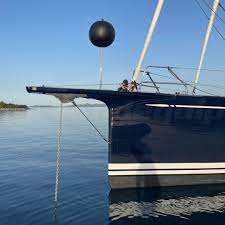
Day shapes should be displayed during the day including twilight. The are primarily associated with commercial vessels to provide information to surrounding vessels. For recreational users, the two most important symbols to have onboard are:
If you are on a small motor cruiser or yacht, if you see a vessel with any of the other shape configurations, your best advice is to keep clear.
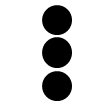
A vessel that has run aground can clearly not take any action to avoid a collision until it re-floats, and so all vessels must keep clear. It shall show three ball shapes in a vertical configuration.
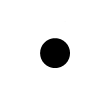
Vessels at anchor should show a single round ball near the bow to indicate that they are at anchor, and therefore can not immediately take action to avoid a collision.

A vessel is considered to be Not Under Command if, for whatever reason, it is not responding to control commands such as if it has a power failure, or a fault in their system.
They are unable to take action to keep clear, and they may alter course unexpectedly. They should be showing two round balls in a vertical configuration, and all vessels should take early action to avoid a collision.
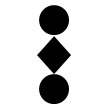
A vessel is considered to be restricted in ability to manoeuvre if the nature of her work prevents her from taking action under the rules. Dredges, pipe-laying, or cable laying vessels can all be considered restricted in ability to manoeuvre.
All vessels shall keep clear except those deemed Not Under Command.

Vessels Constrained by Draught are typically vessels that are navigating within a shallow channel and can not deviate without running aground. This can be a ship, or even a motoring yacht with a deep keel.
Vessels are required to give way to vessels that are Constrained by Draught except those that are Restricted in Ability to Manoeuvre, and those deemed Not Under Command. This shape is a can or cylinder shape, hung vertically near the bow of the vessel.
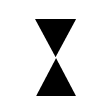
These vessels shall show two black cones, with their apexes pointed together. Vessels that are engaged in fishing have reduced ability to take avoiding action, so all vessels are required to give way except for vessels that are Constrained by Draught, Vessels Restricted in Ability to Manoeuvre, and vessels deemed Not Under Command.
In theory, fishing and trawling vessels are supposed to remove these shapes once they have stopped fishing, but in practice this rarely occurs.
